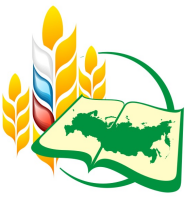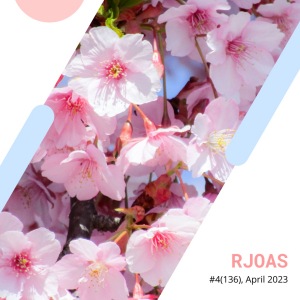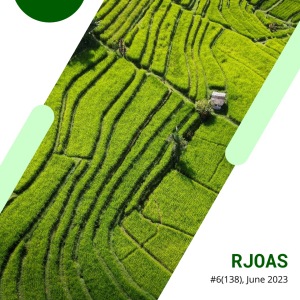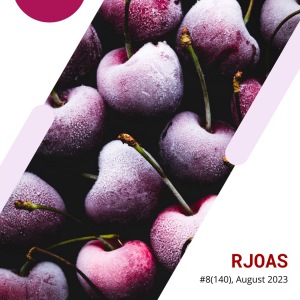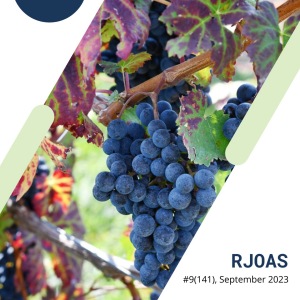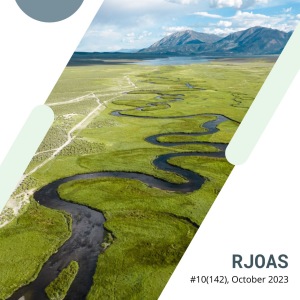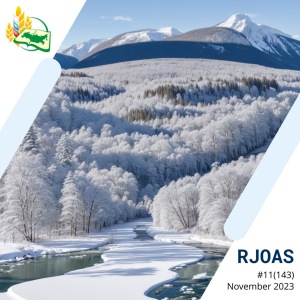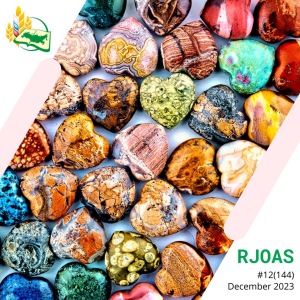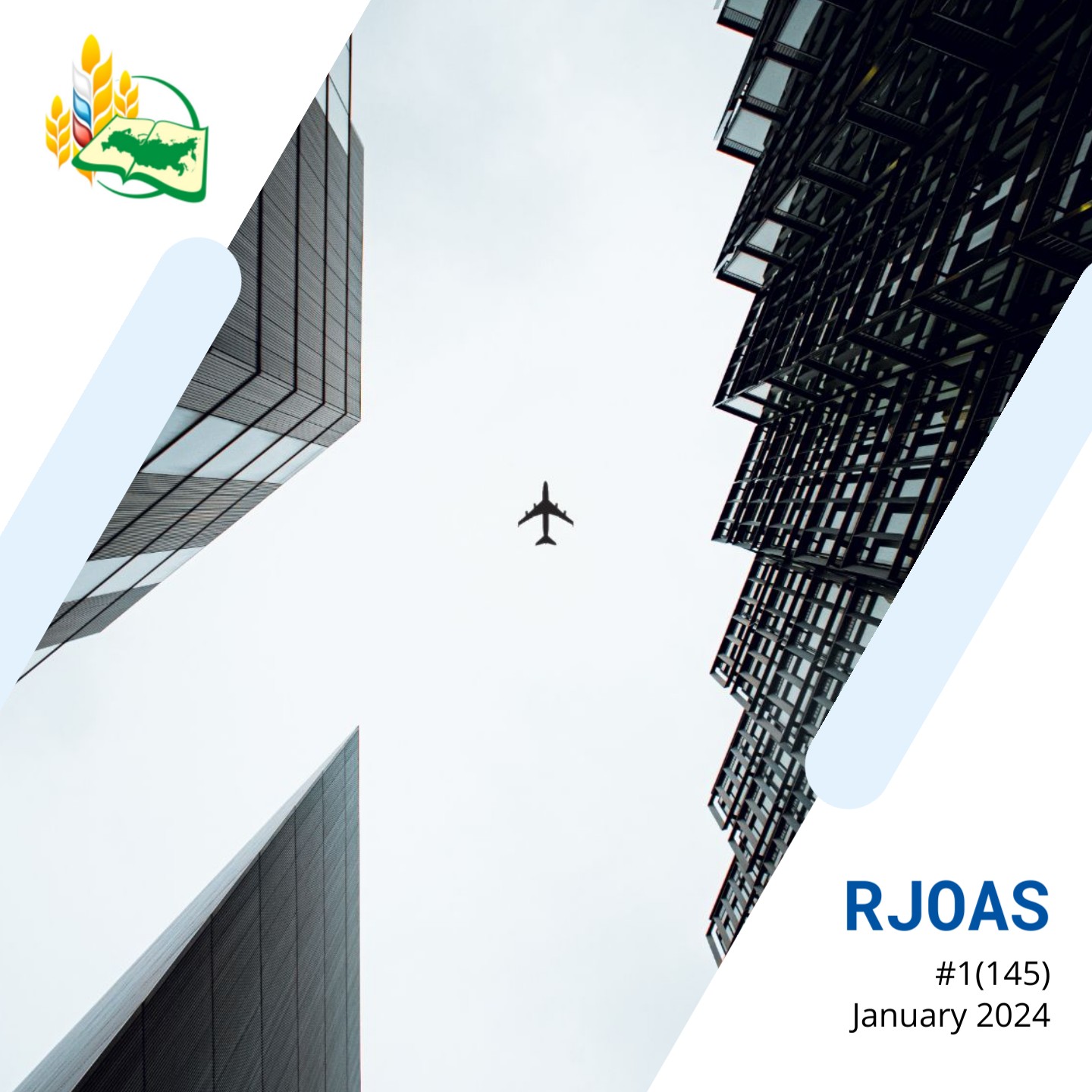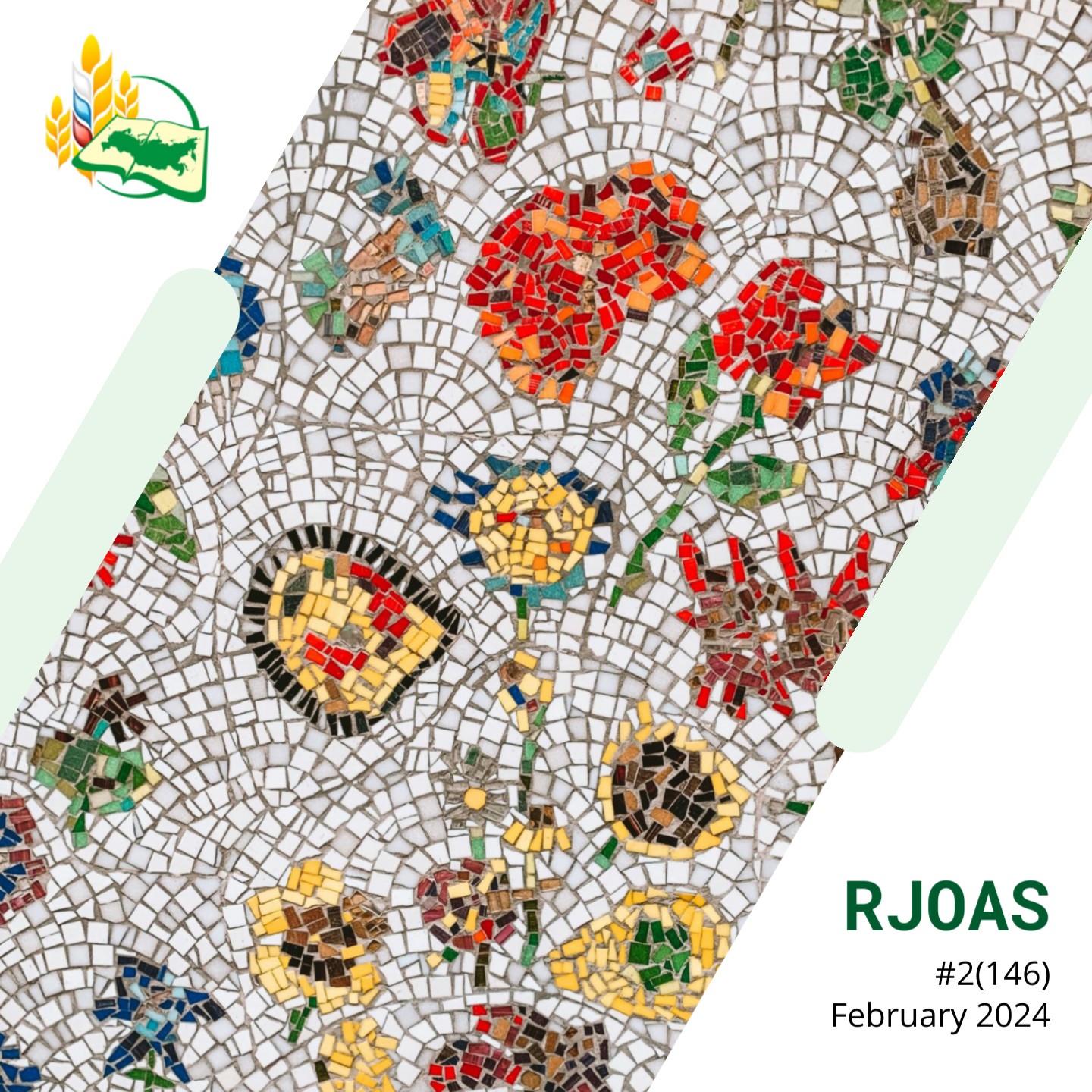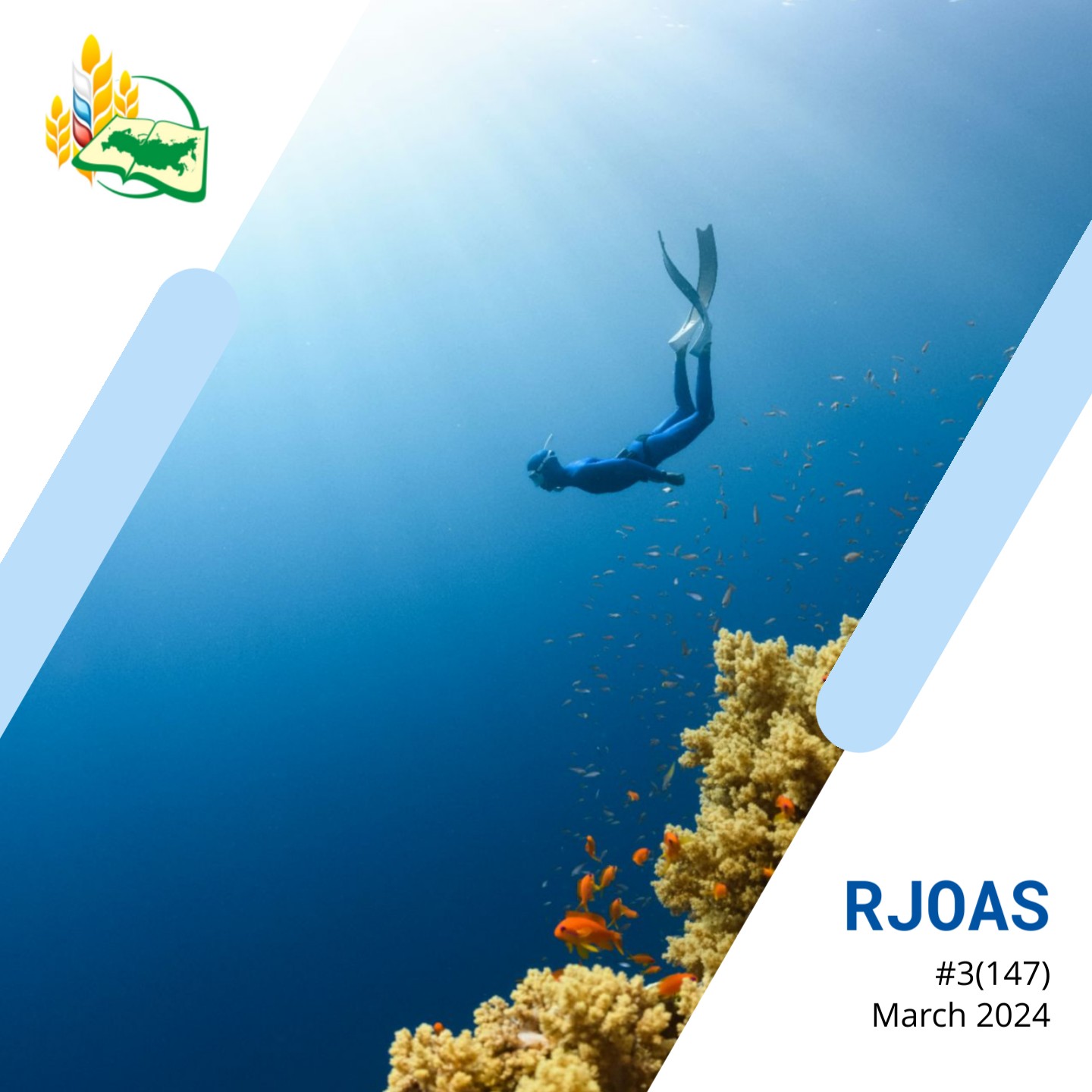ISSUE 5(5), May 2012 |
Pages 3-16
Title
SOME GEOGRAPHICAL FACTORS ECONOMIC DEVELOPMENT OF RURAL AREAS IN THE MUNICIPALITY OF EXAMPLE ANDRIJEVICA (MONTENEGRO)
Author(s)
Goran Rajovic, Jelisavka Bulatovic
Organization(s)
College of Textile Design, Technology and Management, Belgrade, Serbia
Key Words
Andrijevica; Rural settlements; Population; Genetic soil types; Rural development; Participation; Reclamation; Temperature; Relative humidity; Activities.
Abstract
This paper analyzes the economic and geographical factors of rural settlements of Andrijevica. Isolated traffic and geographical position adversely affect the economic and social development of rural settlements. Natural features indicate that rural areas of Andrijevica economy do not comply with all the natural conditions. Incompatibility between the available natural and current conditions of the rural economy determine by the overall socio-economic factors of development. The percentage decrease in rural population in the municipality Andrijevica period 1948-2003 amounted to - 49.44%. The main characteristic of the modern development of rural settlements are give industrialization and urbanization processes. Age groups, due to migration and the reduction of fertility change and take on unfavorable characteristics, reduces the proportion of younger and older increases the proportion of the population. In both cases, the disturbed age structure has a reverse effect on the movement of the population (the size of reproductive contingent), but also to all other structures of the population (the size of contingent employment, population, compulsory school contingent, contingent dependent population ratio). Rating natural conditions aimed at separation of homogenous territorial units with some degree of benefits and limitations types of economic development.
CrossRef DOI
Pages 17-22
Title
DATA ENVELOPMENT ANALYSIS OF BANKING SECTOR IN BANGLADESH
Author(s)
Md. Rashedul Hoque, Dr. Md. Israt Rayhan
Organization(s)
Institute of Statistical Research and Training, University of Dhaka, Dhaka-1000, Bangladesh
Key Words
Operations research; Farm inputs; Statistics; Assets; Methods; Sampling; Costs; Performance.
Abstract
Banking sector of Bangladesh is flourishing and contributing to its economy. In this aspect measuring efficiency is important. Data Envelopment Analysis technique is used for this purpose. The data are collected from the annual reports of twenty four different banks in Bangladesh. Data Envelopment Analysis is mainly of two types - constant returns to scale and variable returns to scale. Since this study attempts to maximize output, so the output oriented Data Envelopment Analysis is used. The most efficient bank is one that obtains the highest efficiency score.
CrossRef DOI
Pages 23-27
Title
EMPIRICAL ASSESSMENT OF THE GROWTH RATE OF MAIZE PRODUCTION IN THE PRE - SAP, SAP AND POST - SAP PERIODS IN NIGERIA
Author(s)
Oyinbo Oyakhilomen, Yusuf Dodo Emmanuel
Organization(s)
Department of Agricultural Economics and Rural Sociology, Ahmadu Bello University, Zaria, Nigeria
Key Words
Maize; Biological development; Social sciences; Policies; Trade policies; Agricultural products; Economic growth; Economic policies; Economics.
Abstract
This study was carried out to provide empirical evidence on the growth rates of maize production in three sub - periods in Nigeria namely pre - Structural Adjustment Programme period, Structural Adjustment Program period and post - Structural Adjustment Programme period. Secondary data on maize production in Nigeria during the Pre - Structural Adjustment Programme period (1970 to 1985), Structural Adjustment period (1986 to 1994) and post - Structural Adjustment Programme period (1995 to 2007) were employed in this study. A growth rate model was used to estimate the growth rates of maize in the three sub - periods. The results of the analysis showed that the instantaneous growth rates of maize production are - 0.1%, 5.7% and 2.4% and the compound rates of growth of maize production are - 0.001%, 0.059% and 0.024% for the pre - Structural Adjustment Programme, Structural Adjustment Programme and post - Structural Adjustment Programme periods respectively. The higher compound growth rate of maize production in the Structural Adjustment Programme period implies that the policy reforms in the period was more effective in ensuring increased growth of maize production over that of other periods in Nigeria. Therefore, despite the myriads of problems associated with the programme in Nigeria, it was beneficial to maize production in Nigeria.
CrossRef DOI
Pages 28-32
Title
SOFT COMPUTING SINGLE HIDDEN LAYER MODELS FOR SHELF LIFE PREDICTION OF BURFI
Author(s)
Sumit Goyal, Gyanendra Kumar Goyal
Organization(s)
National Dairy Research Institute, Karnal, India
Key Words
Keeping quality; Forecasting; Instant foods; Layering; Milk; Instantizing; Amino acids; Desserts; Fatty acids.
Abstract
Burfi is an extremely popular sweetmeat, which is prepared by desiccating the standardized water buffalo milk. Soft computing feedforward single layer models were developed for predicting the shelf life of burfi stored at 30g.C. The data of the product relating to moisture, titratable acidity, free fatty acids, tyrosine, and peroxide value were used as input variables, and the overall acceptability score as output variable. The results showed excellent agreement between the experimental and the predicted data, suggesting that the developed soft computing model can alternatively be used for predicting the shelf life of burfi.
CrossRef DOI
Pages 33-38
Title
SAFETY AND QUALITY CONTROL RAW MEAT AND MEAT PRODUCTS IN RUSSIA
Author(s)
T. Kozlova
Organization(s)
Orel State Agrarian University, Orel City, Russia
Key Words
Meat products; Meat; Products; Meat industry; Quality.
Abstract
The article discusses need for quality control of raw meat and meat products, raw materials determine the composition of meat products. Research has established the facts of falsification, when the meat products that contain herbal ingredients, the documents that declared their absence.
CrossRef DOI













